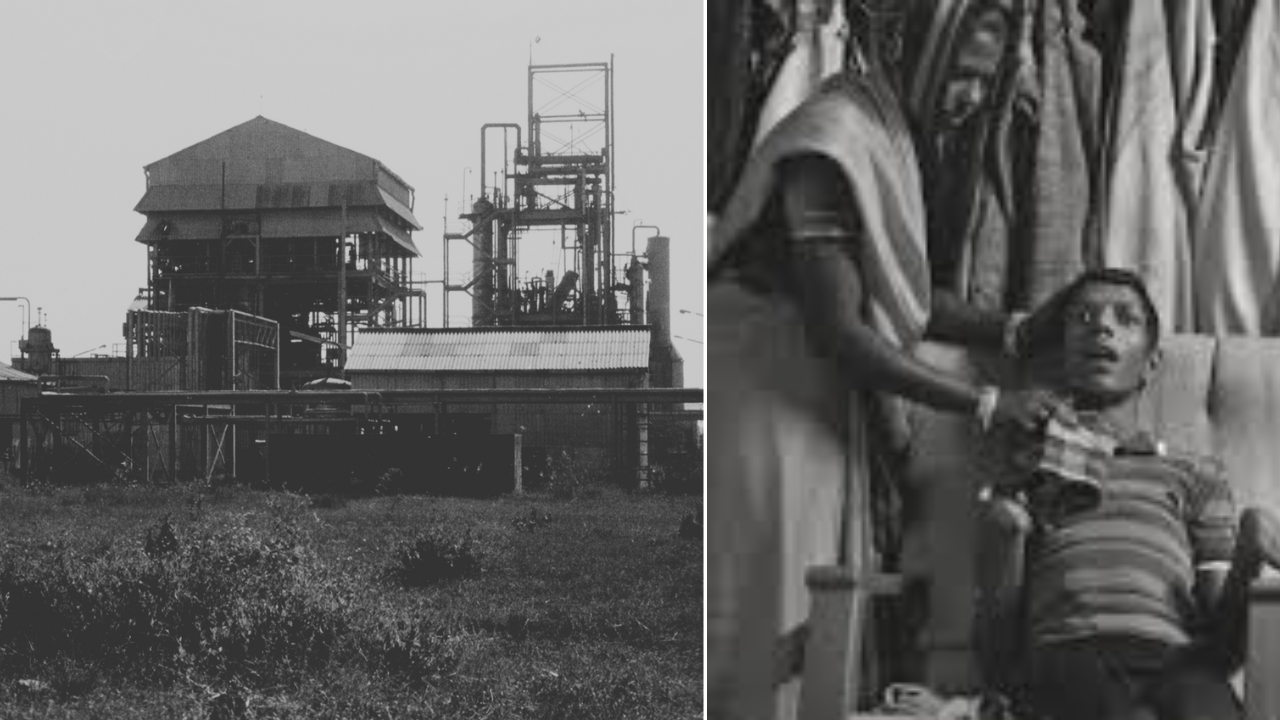
Did you know that heart surgery doesn't have to be a daunting journey? With advancements like Minimally Invasive Cardiac Surgery (MICS), patients can experience effective treatment with minimal discomfort and a faster return to their daily lives. This revolutionary procedure has transformed how we approach heart care , boasting a success rate of 95-98% depending on the patient's health and the complexity of the condition. Dr.
Harish Badami, MBBS, MS, MCH (CTVS)) from Malla Reddy Narayana Hospital gives a detailed insight into the topic. Discover the details of how MICS can change lives. Keep reading to learn why this cutting-edge technique is becoming the preferred choice for patients worldwide.

Understanding Minimally Invasive Cardiac Surgery (MICS) Q: What is MICS, and how is it different from traditional heart surgery? Minimally Invasive Cardiac Surgery (MICS) uses small incisions in the chest rather than a large cut. Through these tiny openings, surgeons use specialized tools or robotic arms to perform procedures like repairing valves, removing tumours, or addressing other heart issues. The key difference is that MICS involves less trauma, smaller scars, and a faster recovery time compared to traditional open-heart surgery.
Q: What are the types of Minimally Invasive Cardiac Surgery (MICS)? MICS includes three main types: Minimally Invasive CABG Surgery: This is an alternative to traditional Coronary Artery Bypass Graft (CABG) surgery, where the chest is fully opened. In Minimally Invasive Coronary Artery Bypass (MIDCAB), small incisions are on the left side of the chest to perform the surgery, leading to less trauma and quicker recovery. Minimally Invasive Valve Surgery: This procedure focuses on repairing or replacing heart valves, making it a common types of MICS.
It offers excellent outcomes with minimal pain and shorter recovery times compared to traditional valve surgeries. Beating Heart Bypass Surgery: Unlike conventional methods, this surgery is performed while the heart is still beating, eliminating the need for a heart-lung machine. This reduces risks and promotes faster healing.
Q: What are the main benefits of MICS? MICS offers a range of advantages, including: Smaller incisions that minimize scarring and tissue damage. Faster recovery times, allowing patients to return to normal activities sooner. Less pain and fewer postoperative medications.
Lower risk of infections and complications, ensuring safer outcomes. Improved cosmetic results, with nearly invisible scars. Q: How safe is MICS compared to traditional open-heart surgery? MICS delivers the same safety and effectiveness as traditional heart surgery.
It offers all the benefits of open-heart procedures but with reduced risks and a more patient-friendly approach. Q: What happens during a MICS procedure? The surgery begins with small incisions in the chest. Surgeons use specialized tools or robotic systems to perform the procedure.
General anaesthesia ensures patient comfort throughout. Post-surgery, patients typically spend a brief period in the ICU and a few days in the hospital, followed by a faster recovery at home. Q: Who is eligible for MICS? Eligibility for MICS depends on factors like the patient's overall health, the complexity of the condition, and the specific type of surgery required.
Your doctor can help determine if this procedure is suitable for you..















